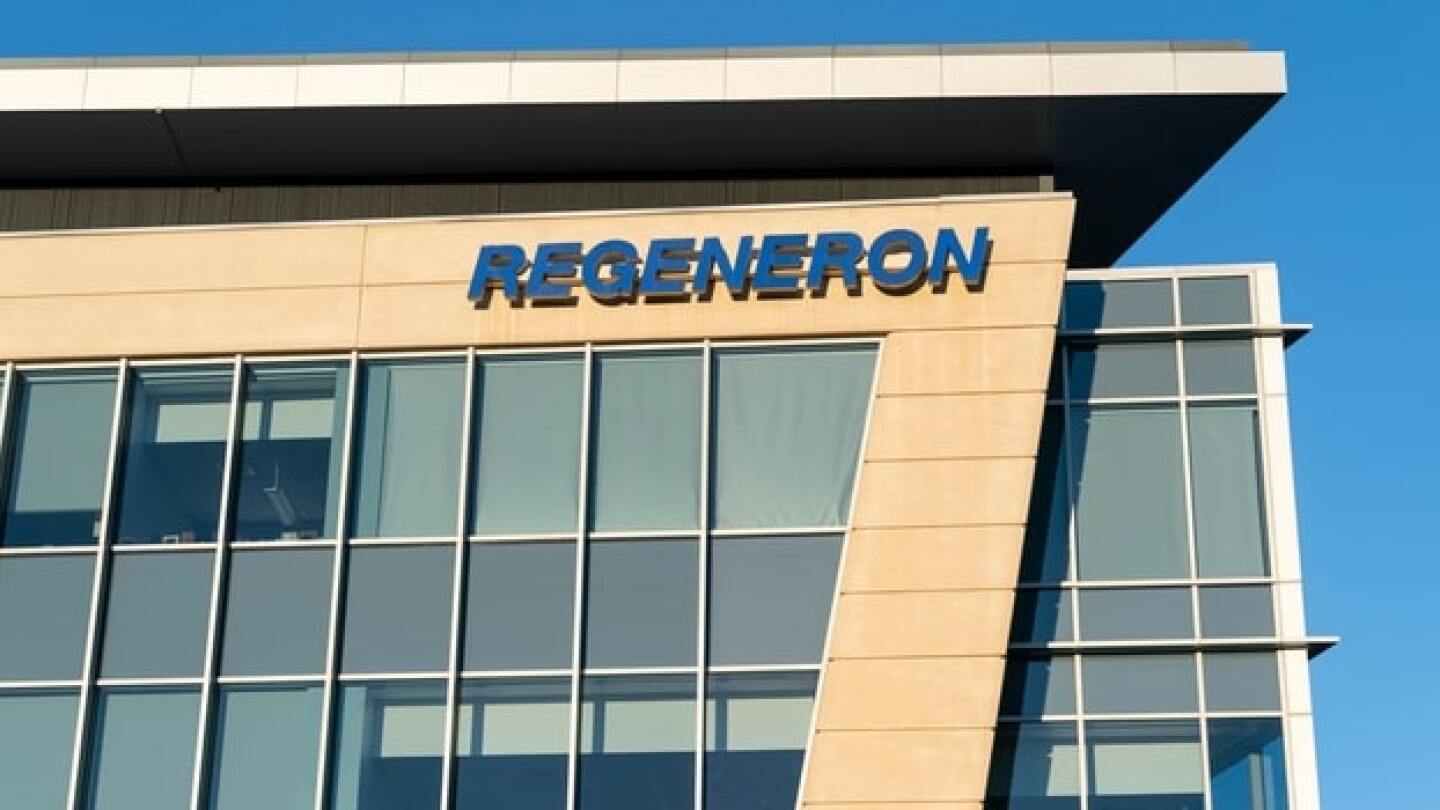Phase I
In this episode of Denatured presented by AnaptysBio, Jennifer Smith-Parker speaks to Dr. Joe Murray, Mayo Clinic; Marilyn Geller, the Celiac Disease Foundation; and Dr. Paul Lizzul, AnaptysBio, about the challenges and opportunities facing celiac disease treatment.
TERN-701 more than doubled the response rate of Novartis’ rival approved therapy in an early-stage trial, sending the biotech’s shares flying.
A mid-stage study for ABI-5366 will begin mid next year, while Assembly continues to assess the Phase II potential of ABI-1179.
Dyne’s exon-skipping therapy zeleciment rostudirsen resulted in an approximately sevenfold increase in dystrophin levels at six months and elicited functional improvements that are the “best ever” for this treatment class, Stifel analysts said.
The pharmaceutical supply chain and device development have become intricately linked. Harmonizing formulation development with drug delivery device design—and leveraging a single‐vendor ecosystem—can deliver significant time, cost, and regulatory advantages for US‑focused drug products, according to industry experts.
In this episode of Denatured, Jennifer C. Smith-Parker speaks to Stacey Adam, PhD, Vice President of Science Partnerships at the Foundation for the National Institutes of Health and Patrick Smith, Senior Vice President, Translational Science at Certara, to discuss the latest regulatory news and the future for new approach methologies (NAMs) development.
Korro Bio is moving back to square one as a preclinical biotech after the failure of KRRO-110 in alpha-1 antitrypsin deficiency. The company’s stock is down 80% on all the news.
In this episode presented by PII, BioSpace’s head of insights discusses how to relieve clinical trial patients of technological burden to improve compliance with guests Oliver Eden and Travis Webb.
In this episode presented by PII, BioSpace’s head of insights discusses decentralized clinical studies and how connected technology can improve patient compliance with guests Oliver Eden and Travis Webb.
Regeneron is aiming to file a regulatory application for DB-OTO by the end of the year.
PRESS RELEASES










